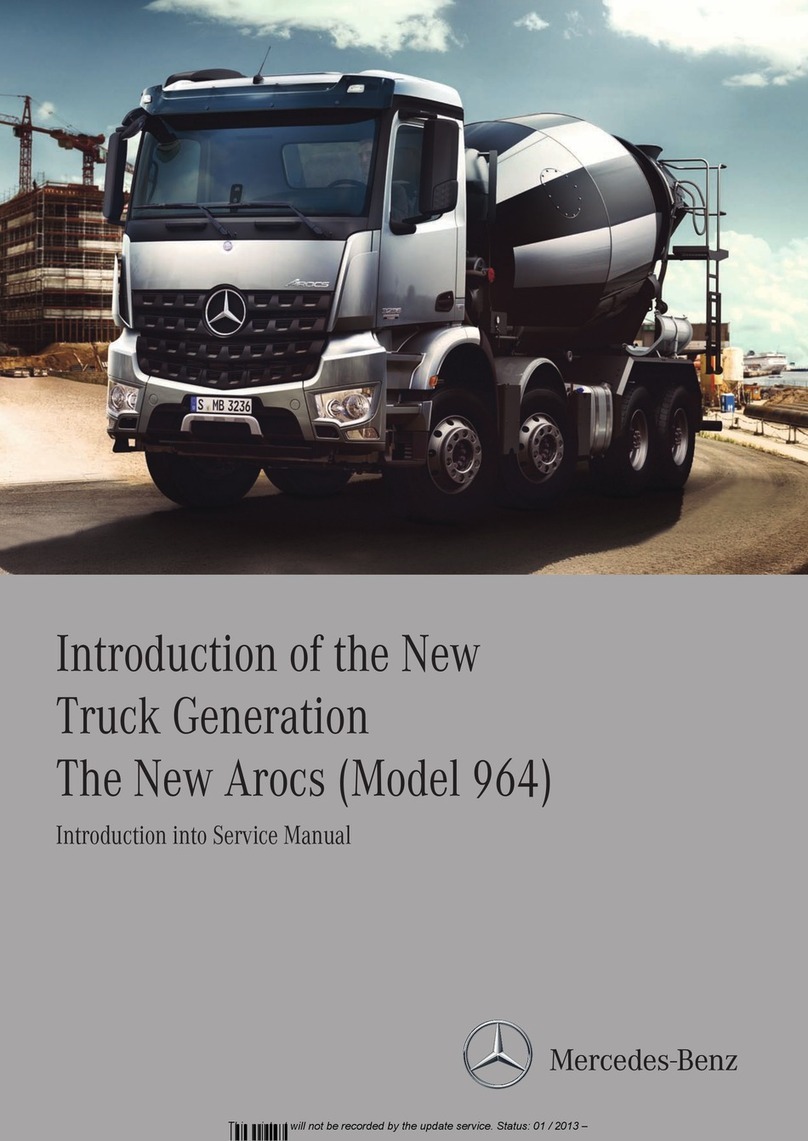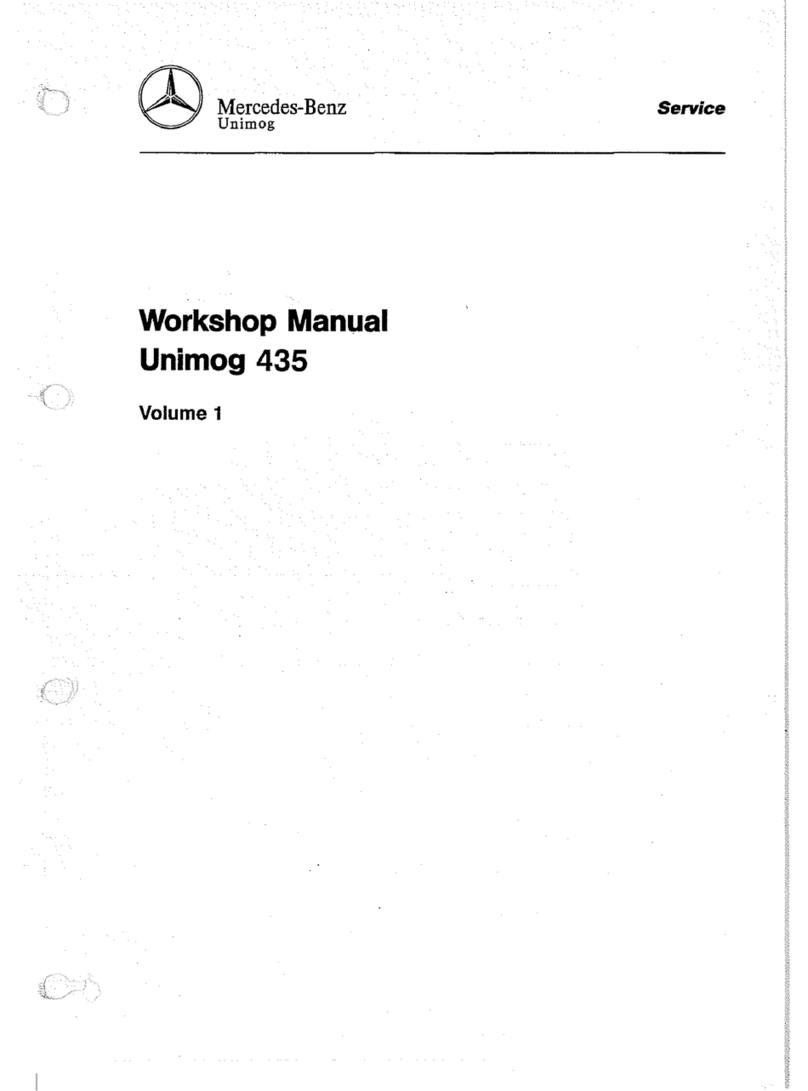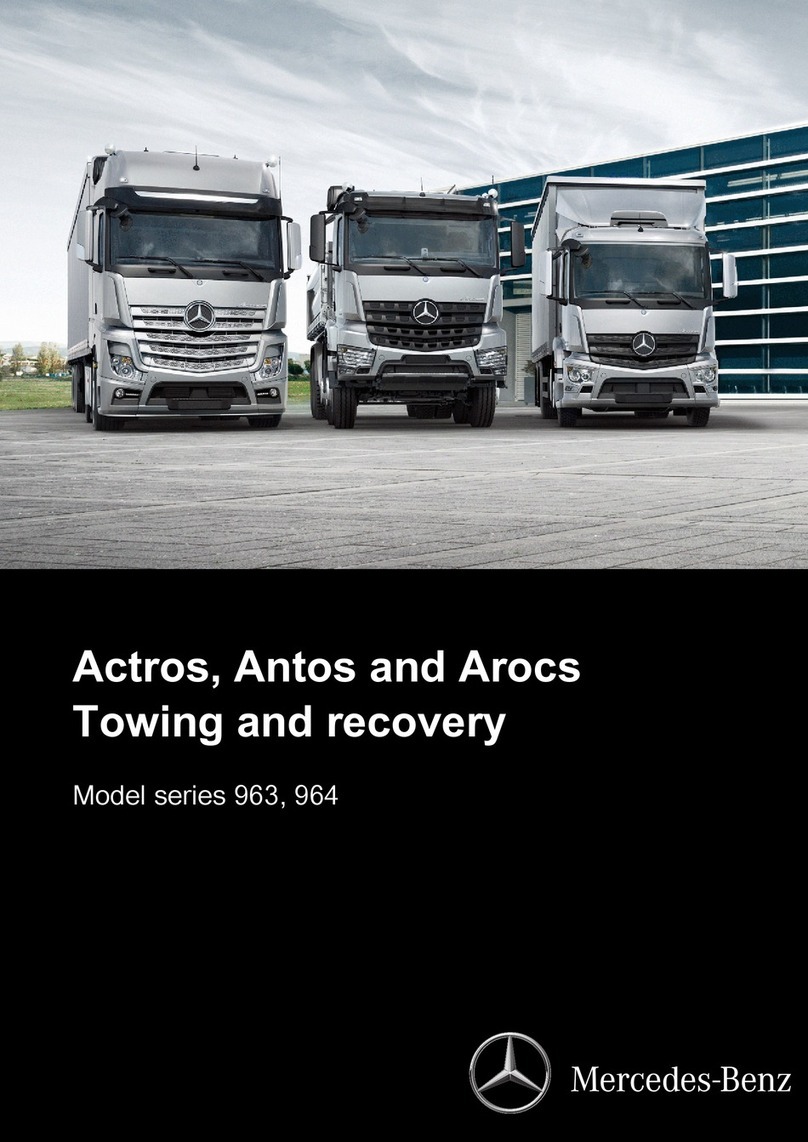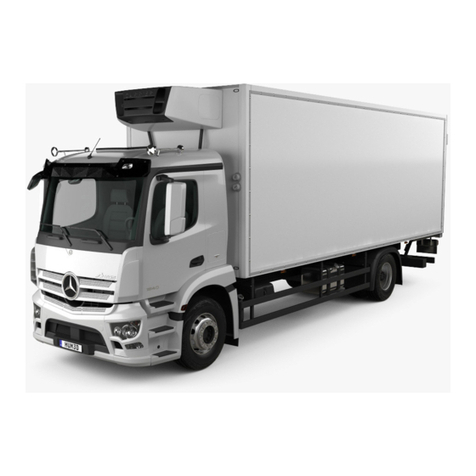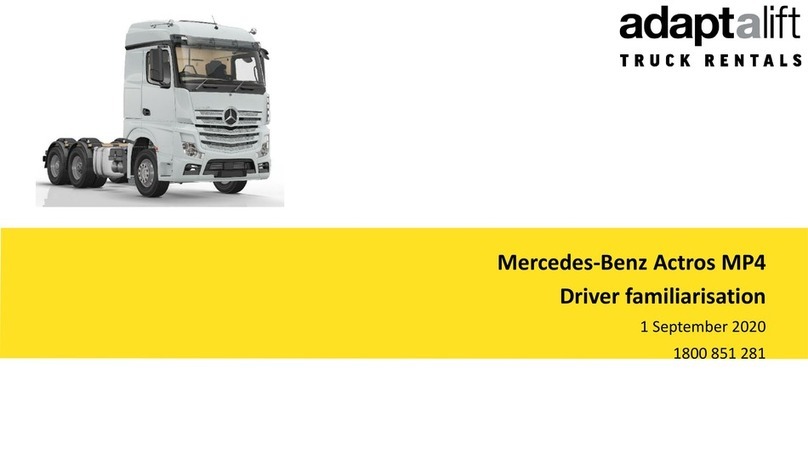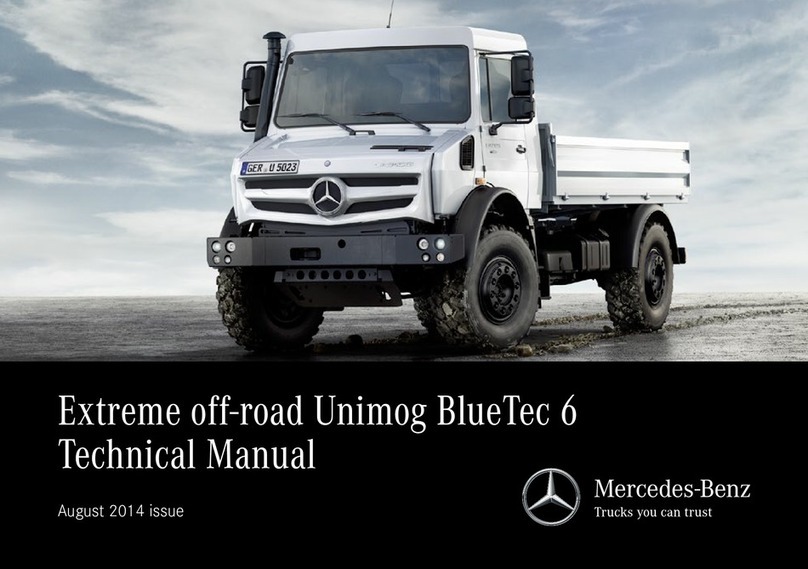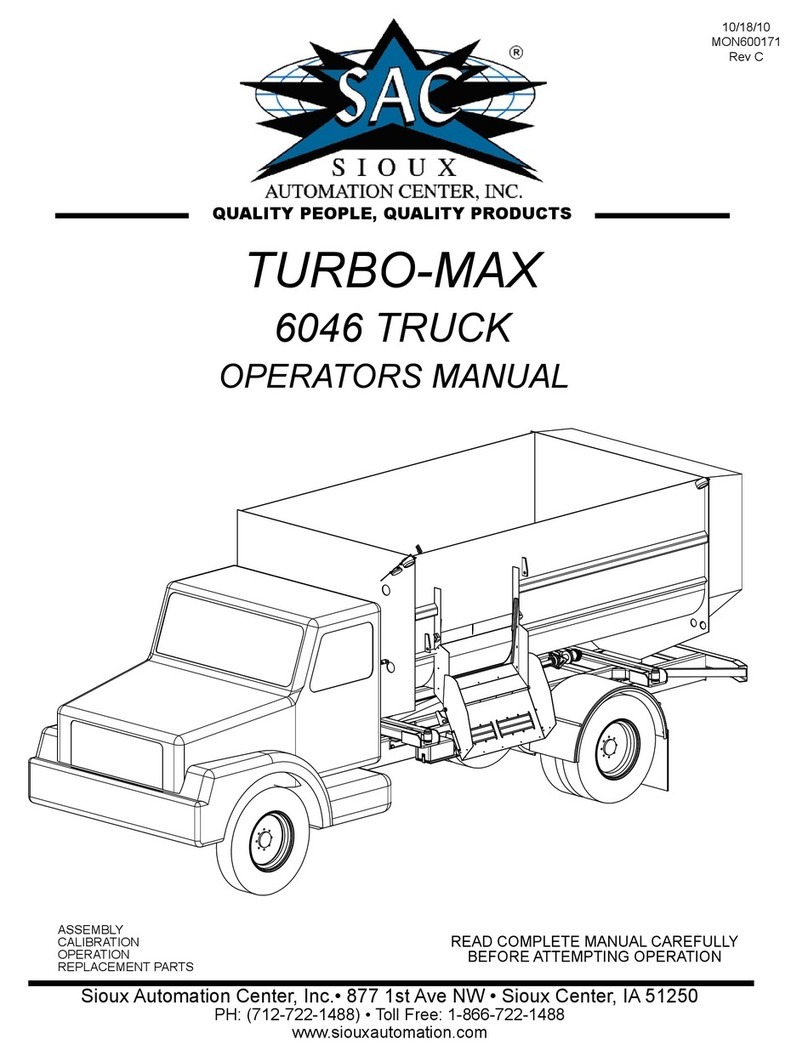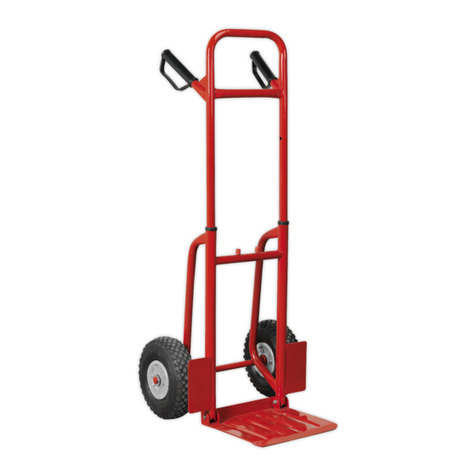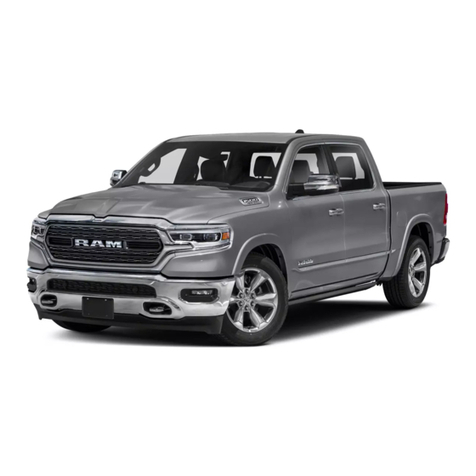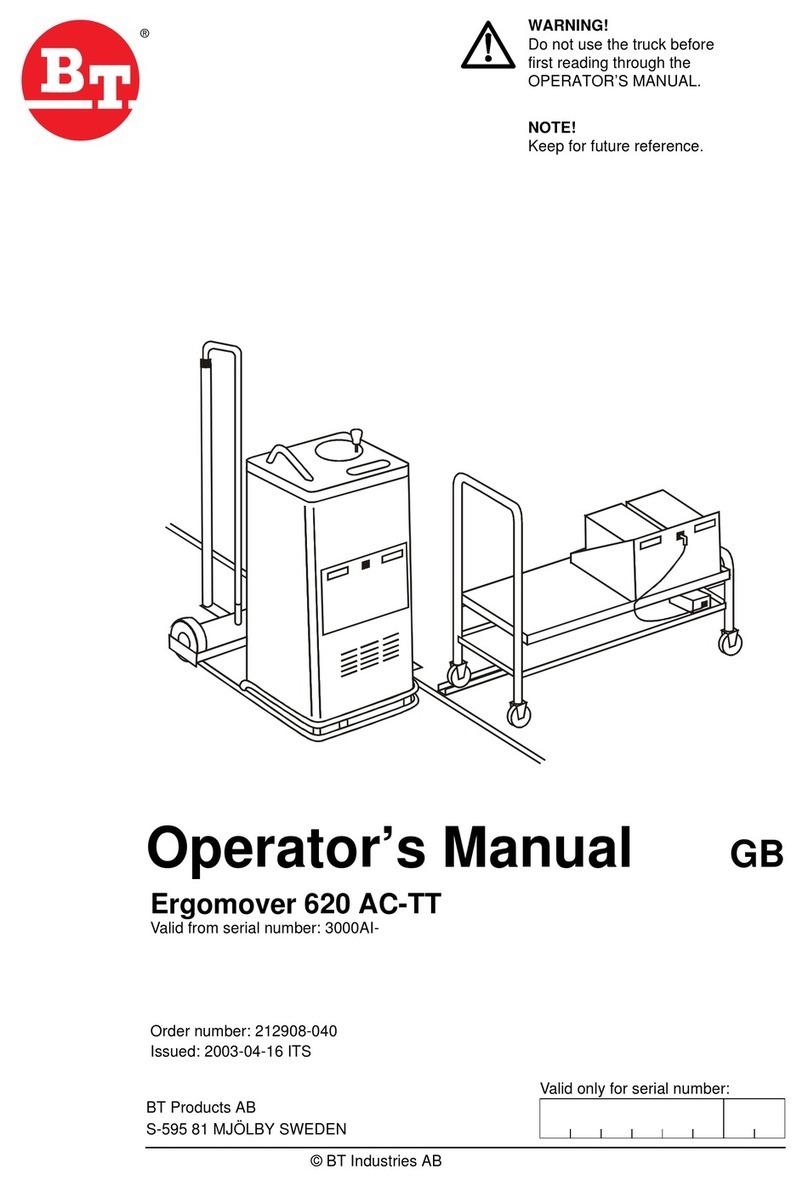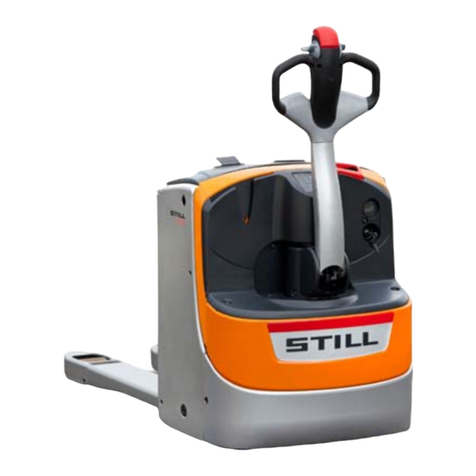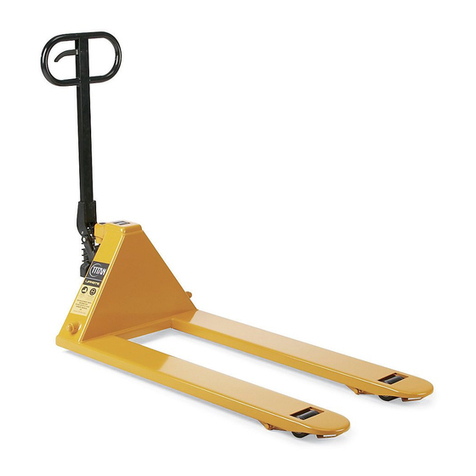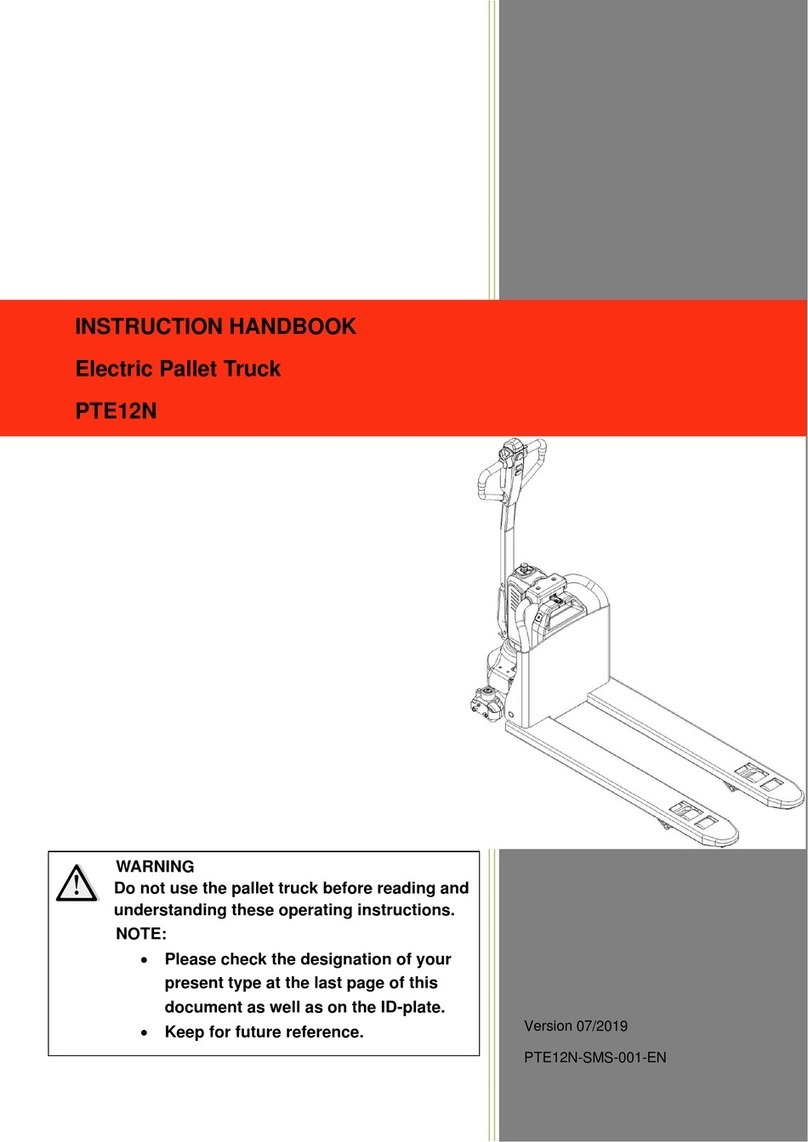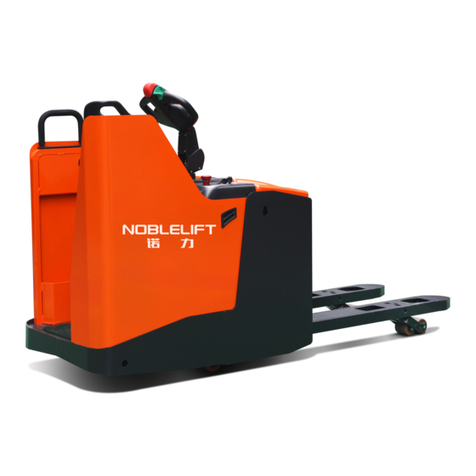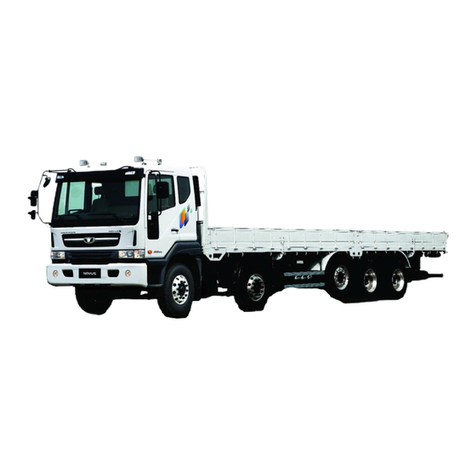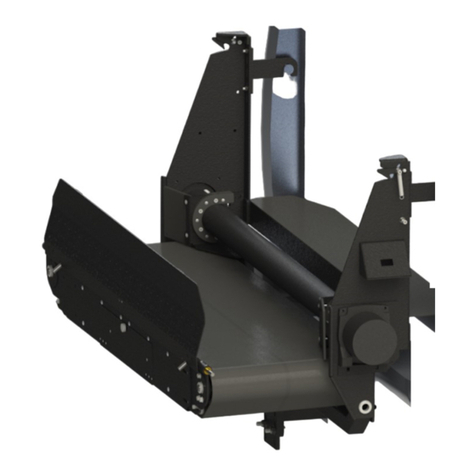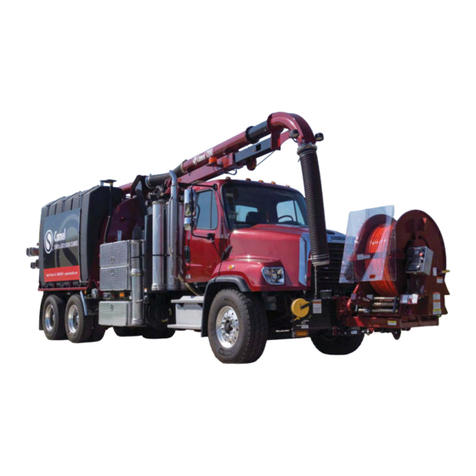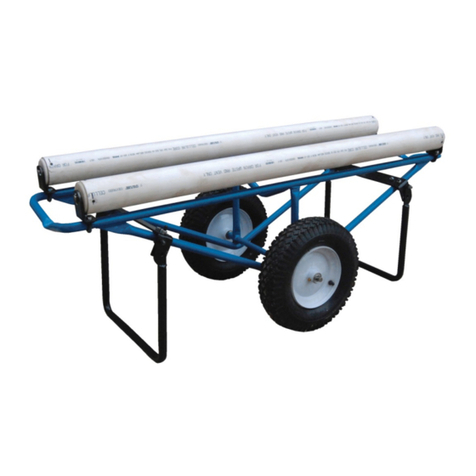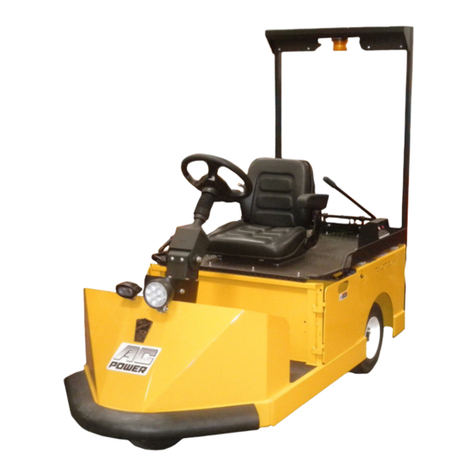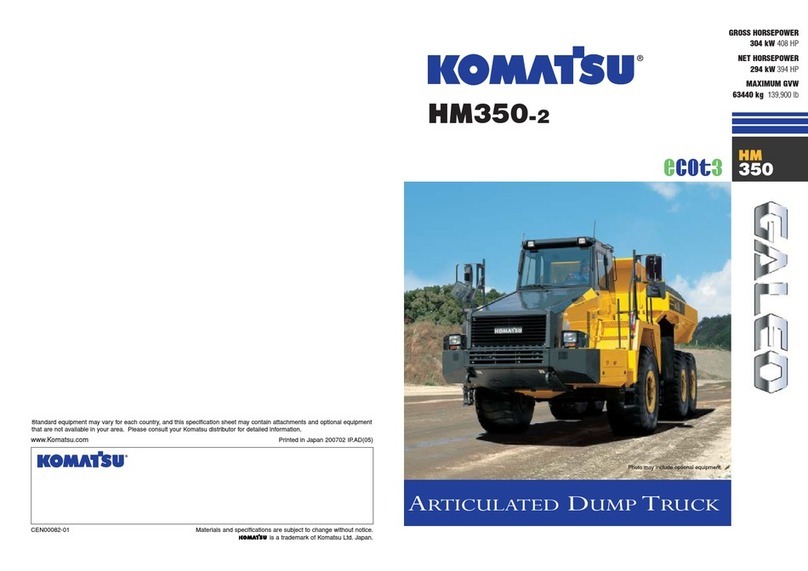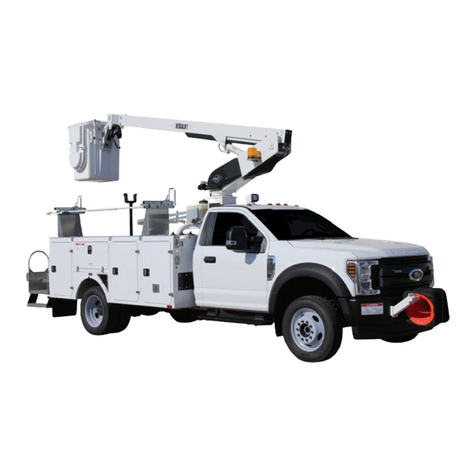BrakeSystem. . . . . . . . . . 35
General. . . . . . . . . . . . 35
Filling-upBrakeFluid. . . . . . . 35
BleedingHydraulicBrakeSystem. 35
Checkingand CleaningBrakes. . 36
ReadjustingBrakeShoes. . . . . 36
Adjusting Brake Pedal. . . . . . 37
Readjusting Parking Brake System 37
LeversandPedals. . . . . . . . 37
Brake Hoses,Brake Lines. . . . 37
CompressedAirSystem. . . . . 38
General. . . . . . . . . . . . 38
Air Compressor. . . . . . . . . 39
Pressure Regulator, Inflating Tyres 39
Compressed Air Tank. . . . . . 39
Compressed Air Brake Assistance 39
Compressed Air Operated Differen-
tial Locks. . . . . . . . . . 40/41
Chassis,Body. . . . . . . . . 48
BoltedConnections. . . . . . . 48
ShockAbsorber,Trailer Coupling. 48
Tilting Driver's Cab. . . . . . 48/49
Folding Top. . . . . . . . . . 50
Windscreen. . . . . . . . . . . 50
Canvas. . . . . . . . . . . . . 51
Tow-Bar. . . . . . . . . . . . 51
Benches. . . . . . . . . . . . 52
Cleaning. . . . . . . . . . . . 53
CleaningCanvas. . . . . . . . 53
CleaningUNIMOG. . . . . . . . 53
Laying-upUNIMOG. . . . . . . 53
Putting into Operation after Laying-
upPeriod. . . . . . . . . . . . 54
Winch. . . . . . . . . . . . . 54
WinchMounting. . . . . . . . . 54
PtoShaft. . . . . . . . . . . . 54
BrakeFluid. . . . . . . . . . . 56
TransmissionOil. . . . . . . . . 56
Grease. . . . . . . . . . . . . 56
Anti-corrosiveOil. . . . . . . . 56
5 TroubleShooting. . . . . . . 57
General . . . . . . . . 57
Towing. . . . . . . . . . . . . 57
EngineGroup. . . . . . . . . . 57
EngineFailsto Start. . . . . . . 57
Engine Difficult to Start. . . . . 58
EngineBeginsto KnockHeavily. . 58
Engine Emits Black Smoke. . . . 58
Poor Engine Performance. . . . 59
ExcessiveCoolantTemperature. . 59
Oil Overpressure Drops Suddenly 60
Clutch. . . . . . . . . . . . . 60
ClutchDisengagesInsufficiently. . 60
ClutchSlips. . . . . . . . . . 60
SteeringSystem. . . . . . . . . 61
Intermittent Stiffness of Power
Steering. . . . . . . . . . . . 61
Power Steering Stiff. . . . . . . 61
Directional Stability of UNIMOGin
Straightahead Position Unsatis-
factory. . . . . . . . . . . . . 61
Electrical System ........42
General .........,.. 42 4Operative Materials. .....55
Three-PhaseAlternator. . . . . . 42
Regulator 42 Filling Capacities ........55
...........
Starter. . . . . . . . . . . . . 42 ConsumptionValues. . . . . . . 55
Wiring Diagram . . . . . . . 43/44/45 Coolant............. 56
Checking Battery . . . . . . . . 46 Coolant for Operation 56
......
COnnectingBattery .......46
HeadlightAlignment. . . . . . . 46 EngineOil ...........56
Replacing Headlight Bulb . . . . 47 Running-in Oil .. . . . . .. 56
{) AlternatorV-Belt. . . . . . . . . 47 Heavy-dutyOil .........56

